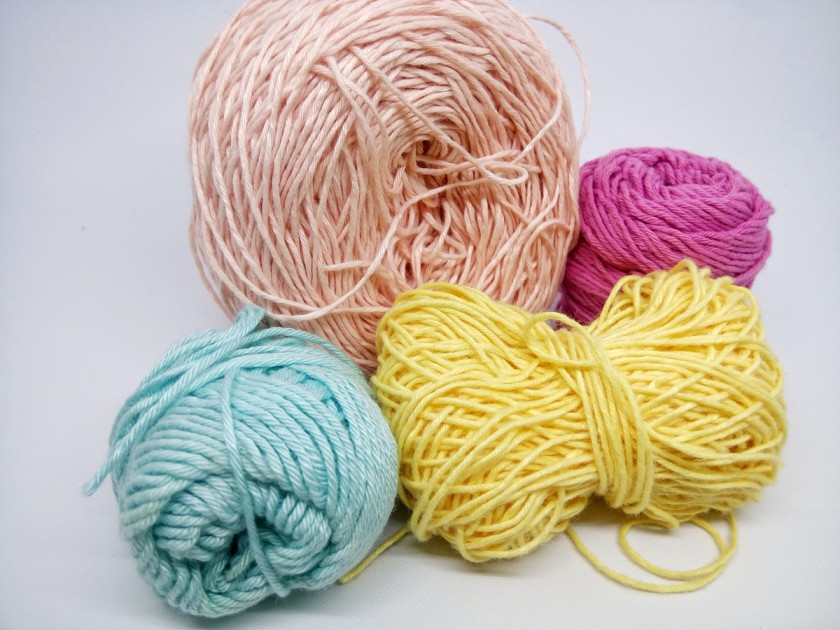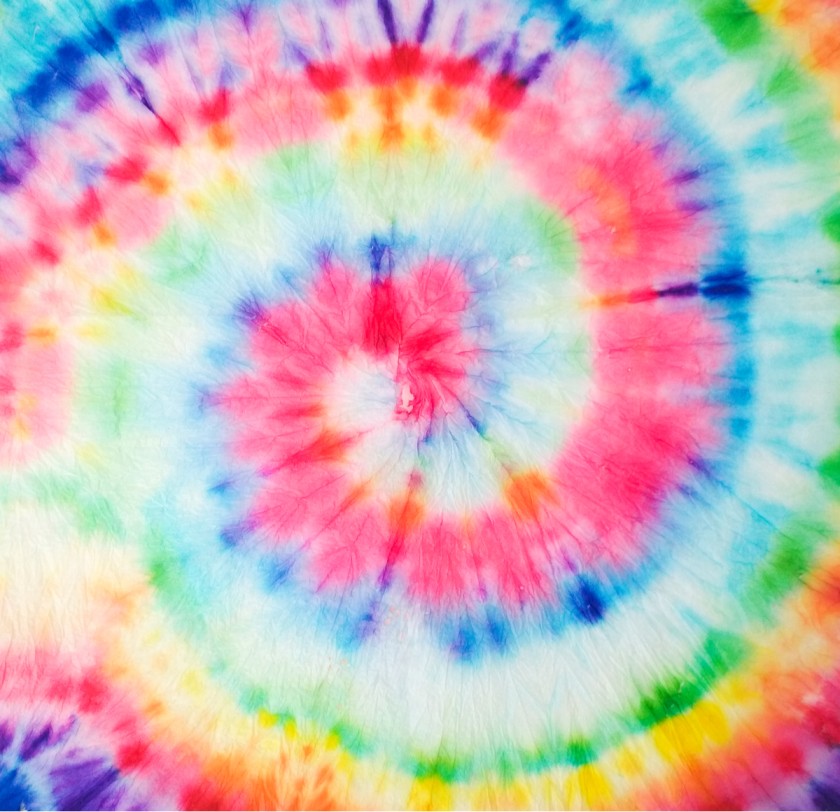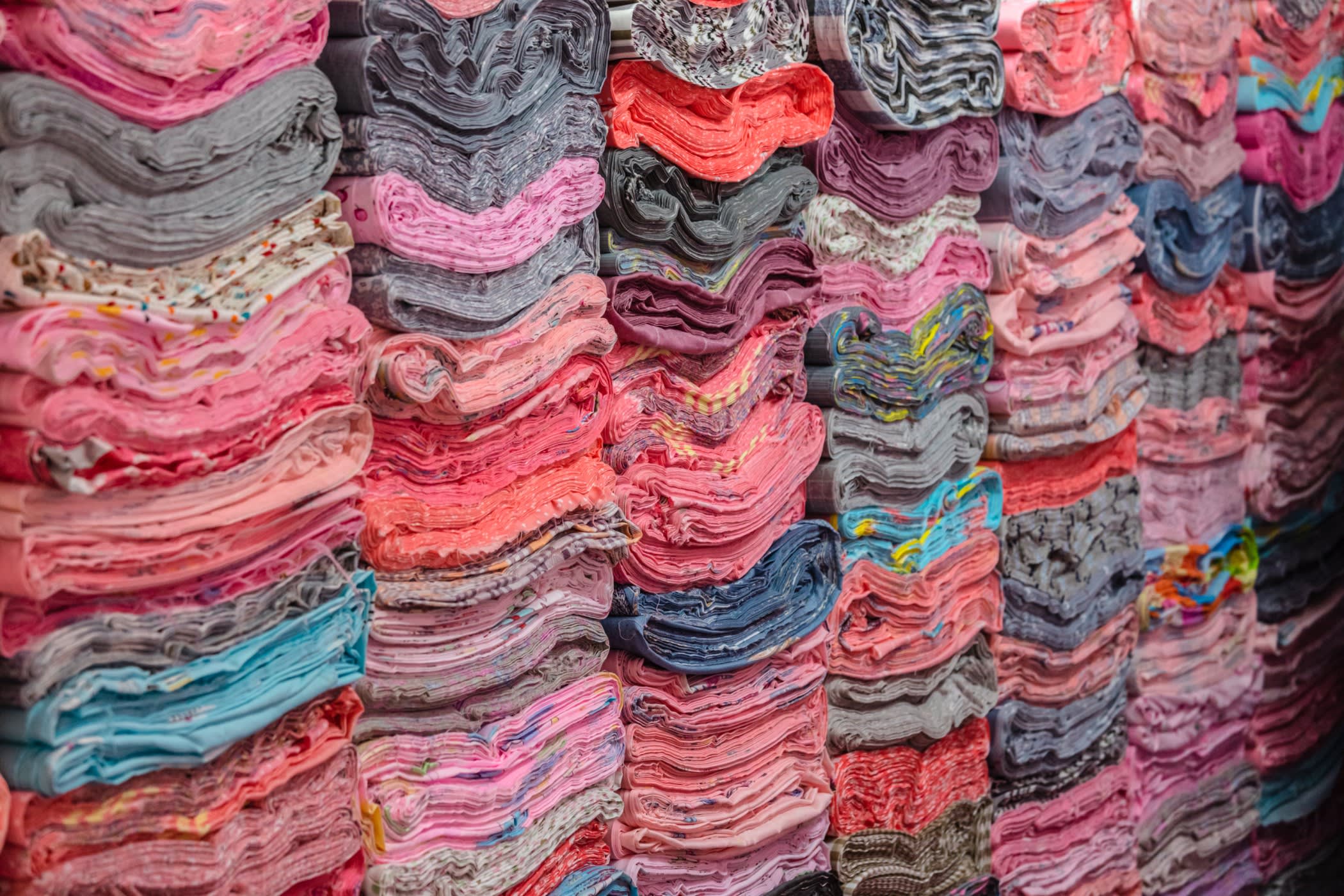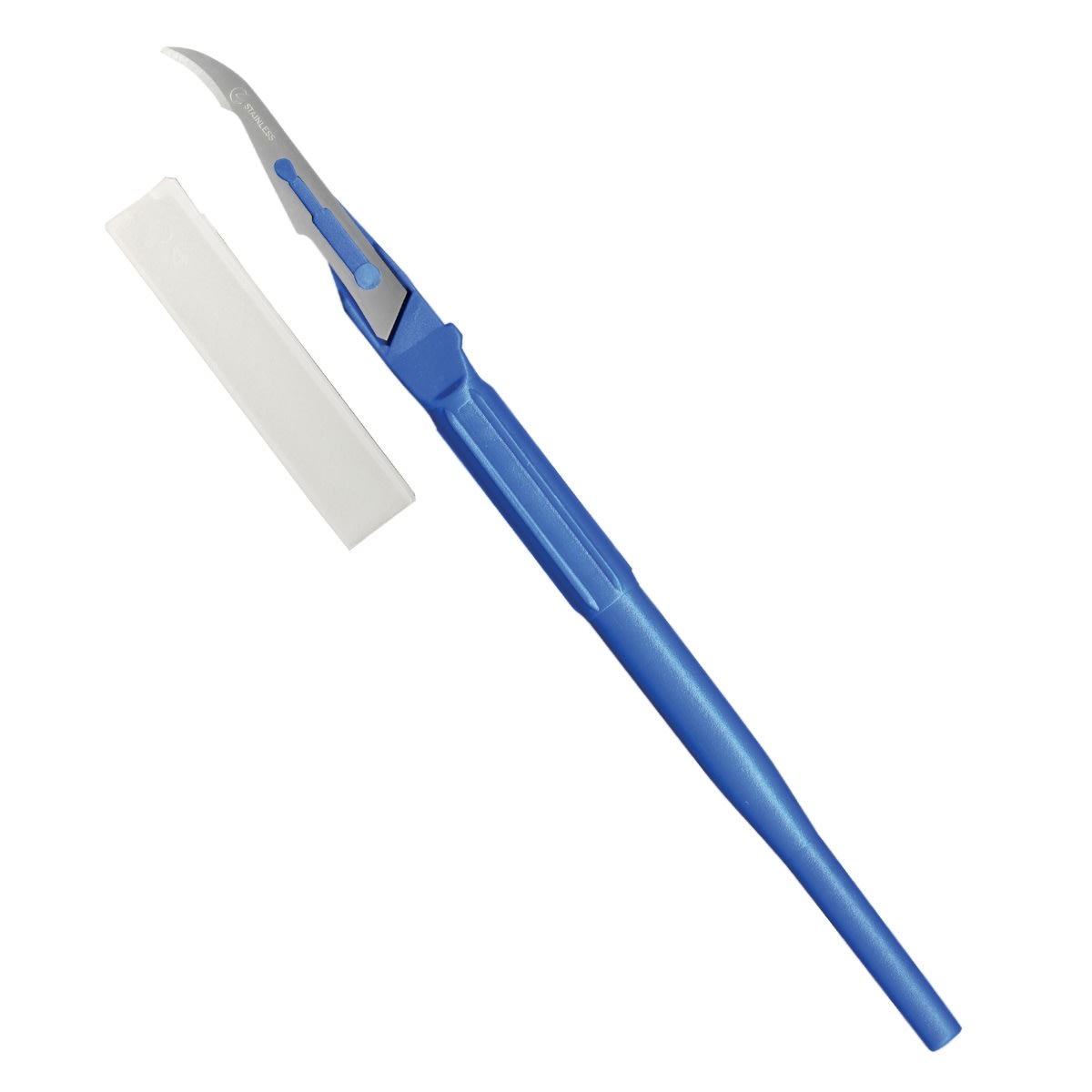5 Ways to Dye Your Own Yarn



Yarn is the essential component in any knit or crochet garment. From cotton threading to acrylic fibres, there are many ways for you to create your own masterpiece with just this one material.
Yarn colouring or dying is an ancient process that has developed into one of the most versatile methods for creating coloured textiles. The yarns are dyed first before being wound onto cones or packages for placement in vats, where they will absorb colour from the solution and create beautiful textiles with patterns that range anywhere between simple stripes, complex checks & jacquards!
Interested in learning a new craft?
Most people think yarn colouring or dyeing is a difficult and time-consuming process. However, dying your own yarn can be a fun and rewarding experience, and it's easier than you might think. There are many different ways to dye your yarn, so here we can find a handful of perfect methods for you. You can use natural dyes, synthetic dyes, or even food colouring to get the results you want. You can create beautiful textiles in any colour you desire with the right tools and instructions.
Beginner's Guide to Hand Dyeing Yarn
We've created this easy-to-follow guide that takes you through the entire process of yarn colouring/dyeing, from selecting the right materials to creating beautiful patterns and colours. With our help, you'll be able to create gorgeous dyed yarn in no time at all!
If you've always wanted to take your own hand-dyed yarn and make one of those kinds of items for yourself or as gifts, this guide is perfect! There are secrets revealed here that will allow even beginners to create beautiful things.
Things we need to keep in mind before we start with Yarn colouring/dyeing.
· What kind of yarn should I buy?
· Where can I find yarn to dye?
· What dyes do I need?
· What supplies/tools do I need?
· How do I dye my own yarn?
Let’s discuss each of these aspects in detail.
What kind of yarn to buy?
When you want to colour or dye your own yarn, the first thing that comes to mind is choosing between wool and plant-based fibres. For those who have been thinking about trying their hand at this new hobby but aren't sure which type would be best for them, both options can actually produce beautiful products with just a few subtle changes here or there.
Where can I find a yarn to colour/dye?

Knit Picks is a wonderful resource for anyone looking to get into dyeing. They offer an affordable range of bare-haemoglobin friendly fibres. Wool of Andes is lovely, soft and dyes beautifully and it is available at an unbeatable price. Craftsy.com offers tons of cool fibre arts classes too. You can check out their many different options if you're looking into learning new skills or just want some inspiration. There is something here everyone will love.
What dyes should I use?
One way of achieving amazing colour fastness when working with natural materials like cotton means is using an acid dye followed by fibre reactive dyes so it will react more strongly than standard dye against its complementary base colours found within any given webbing/polyester mix.
What supplies/tools do I need?
You will need the following items to start out:
· Acid dyes
· Yarn ball winder
· Cooking pot (not used for food)
· Water
· Plastic cup, spoons, chopsticks are handy (not used for food)
· White Vinegar
· Stove
· Dust Mask
· Gloves (optional)
5 Ways to Dye Your Own Yarn
Here is a list of five simple techniques where you can save money as well as colour and dye beautiful yarns for yourself.
1. Immersion-dyeing
Imagine a world where you can dye your own fabric with the colours of sunsets and continents; this is what immersion dyeing entails. Immersion dyeing is a time-honoured technique that has been used to make all sorts of natural textiles, such as clothing. The immersion method provides more control than other types because it allows for precise measurements while also creating unique patterns, something not possible when working digitally without access ́to equipment capable enough.
Technique: It's typically done by soaking the material in water mixed with plant or animal pigments and then allowing this mixture to sit overnight before removing any unwanted particles from each hue using methods like vacuuming. It gives you a precise colour.
Immersion dyeing is a time-consuming process that requires patience. The person doing the work has to put aside their own projects to make room for what they are working on and be careful not to mess up other items inside or near them because the dye will cause stains.
2. Hand-painting
Hand-painting is a centuries-old process that dates back to the time of Chinese silk producers. By pouring or painting dye onto yarn and fibres laid out in loops, hand artists can create intricate patterns with great detail for their creations using this technique alone, but they also have control over where each colour goes due to its freedom from being rigidly aligned along with pre-made stripes like those seen on traditionally manufactured clothing items today. Hand-painting is a time-consuming and laborious process, but the result allows for maximum control over colour placement.
Technique: Soak the yarn in warm water and vinegar. Mix the dyes according to the instructions in the package provided. Squeeze water from yarn and let it lay on a plastic wrap. Apply the dyes, one colour at a time, with brushes/sponges. Roll up the yarn and steam. Finally, rinse and hang to dry.
3. Dip-dyeing with food colouring
Food colouring is the perfect solution to your yarn colouring woes. It is cheap, accessible and easy when you are a beginner. You can use all those pots from cooking with food in them because they're safe for crafting purposes too. The joy of cooking is in the details.
Technique: Soak your yarn for at least 30 minutes before getting started to be sure that it's nice and clean. Fill up a pot with water so that you can add colour without worrying about spilling any on yourself. To create vibrant and long-lasting colours, fill the pot with enough water to cover your yarn. Add one tablespoon of vinegar per cup depending on the type of food colouring used. Experiment until pleased with results. Colours may vary.
4. Kettle-Dyeing
This process is somewhere between hand-painting and immersion-dyeing. The colours are added to the yarn in a shallow pan with just enough water. This technique can produce semi-solid results that closely resemble traditional hand painting when only one colour is used. However, when multiple shades of dyeing fluids have been combined on top of each other, it becomes more similar to immersion-dyeing because you're actually applying all at once rather than individually, as would happen if we were using brushes and paints instead.
Technique: Soak the yarn/wool in warm water and vinegar. Mix your dyes according to the package instructions provided. Carefully pour small amounts of dye on one section of wool/yarn. Repeat the process with other colours. Set the heat. Finally, gently rinse the yarn and hang it to dry.
5. Tie-dyeing

Tie-dyeing is an ancient technique that has been used for centuries to make colourful clothes. The process involves tying portions of the fabric or yarn not to absorb dye during production, then applying it with either hand or feet as needed for different levels of desired colours before cutting out shapes from them. The process works by tightly tying individual threads of fabric together before immersing them in the water bath with non-reactive dyes, which fail when they come into contact with tied sections on the outside layer. The process of tie-dyeing is very simple and can be done with anything.
Technique: You will start by gathering many small pieces from various fabrics that have been tied together using a string; lay them out on top of one another, so they're all facing upward before immersing said cloth into hot water (or any other chosen liquid). Once enough time has passed since putting everything down began, the colours should begin seeping through onto what remains within each square inch.
In simple words, the process involves using string and coloured paints, which turn into something special when tied to pieces of fabric.
While we have shown you how to dye your own yarn, it is important to keep in mind that there are many ways to do this. Each method has its own unique results, and it can be fun to experiment with different techniques to see what works best for you. However, it does require some time and effort. Dyeing your own yarn is a rewarding experience that can result in unique and beautiful creations. With just a few supplies and a little bit of know-how, you can be on your way to transforming plain old wool into something special.
So there you have it all. Five simple ways to colour/dye your own yarn. We hope you've found this guide helpful and hope you enjoy creating beautiful colours of your own. Add colours to life, have fun with it, be creative, and let us know how your projects turn out.



















